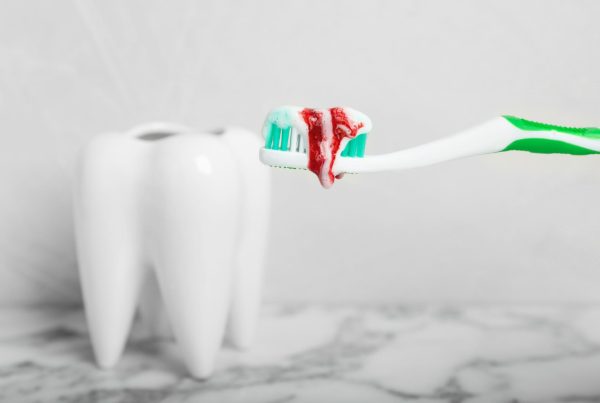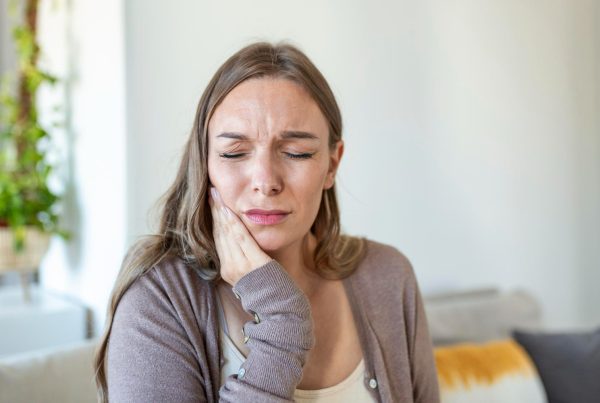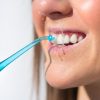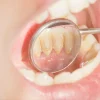Filling is a procedure used to repair teeth in cases of tooth decay or fracture. After the filling, some patients may experience symptoms such as toothache and pain in the mouth or jaw. These symptoms usually go away on their own within a few days.
Toothache After Filling
Toothache after filling procedure is caused by irritation of the tooth’s nerve tissue during the procedure. When applying a filling, after the decayed or damaged area is cleaned, the filling material fills the cavity of the tooth. Meanwhile, nerve tissue may also be affected. This may cause tenderness or pain. Toothache after filling is usually mild or moderate. Pain may increase when hot or cold foods are consumed. A feeling of pressure or sensitivity may be felt in the tooth.
Additionally, there may be incompatibility between the filling material and tooth tissue. In this case, sensitivity or pain may be felt in the filled tooth. The newly applied filling may need some time to adapt to the chewing pressure on the tooth. During this process, the tooth tissue around the filling may be sensitive and pain may be felt.
You can try to control this situation with cold compresses. It should be applied at intervals of 10-15 minutes. Painkillers can be used for mild pain. However, do not use blood-thinning medications such as aspirin without consulting your doctor.
If there is pain in the filled tooth, hard or sticky foods should be avoided. Soft and easily chewable foods should be preferred. Pain after filling may also be due to inadequate oral hygiene. Therefore, you should take care to brush your teeth and floss regularly.
Pain in the Mouth After Filling
Pain in the mouth after filling occurs when the effect of the local anesthesia used during the filling procedure wears off. Anesthesia is used to reduce pain and discomfort during the procedure. However, after the effect of anesthesia wears off, some patients may feel slight pain or discomfort in the area where the filling is applied. Waiting for a long time with the mouth open during the filling procedure can create stress and tension in the jaw muscles. This may cause pain after the procedure.
Pain in the mouth after filling is usually mild or moderate. Pain occurs when the effect of the anesthesia used during the procedure wears off. A slight pressure or sensitivity may be felt in the area where the filling is applied. If the pain is severe or persists for a long time, a dentist should be consulted. Your dentist will evaluate the cause of the pain and recommend appropriate treatment.
Pain in the Jaw After Filling
Pain in the jaw after the filling procedure may be caused by keeping the jaw open for a long time. During the filling process, the jaw is held fixed in one position, which may cause tension or pain in some people’s jaw muscles.
This pain usually disappears in a short time. You can relieve pain in the jaw by applying hot or cold compresses or by resting. It may also be helpful to consume liquids or soft foods to restrict mouth movements.
Is There Pain or Pain During the Procedure?
Local anesthesia is applied during the filling procedure and therefore most patients do not feel any pain during the procedure. The effect of local anesthesia helps your dentist avoid pain while performing the procedure.
However, in rare cases, the effect of local anesthesia may not be complete or the condition of the nerves in the area to be filled may cause pain during the procedure. In such cases, the patient may feel slight discomfort or pain.
Your dentist takes the necessary precautions to ensure your comfort during the procedure and tries to complete the procedure with minimal discomfort. If you feel pain or discomfort during the procedure, you should inform your dentist. In this case, your dentist may apply additional anesthesia or take a different precaution.
Does My Tooth Hurt While Eating?
It is very common to feel pain while chewing or eating in a tooth that has a filling. This is caused by the reaction of the tissues and nerves around the tooth during the healing process after the filling process. Here are some tips to help you deal with this situation:
Allow Rest Time: Allow time for your tooth to heal after the filling procedure. The sensitivity and pain of the tissues around your newly filled tooth usually decrease within a few days.
Prefer Soft Foods: Prefer to consume liquid or soft foods for the first few days to reduce pain. This will reduce the pressure on your tooth, making it less painful.
Use Painkillers: If necessary, you can use painkillers recommended by your doctor. However, you should not use painkillers without consulting your doctor.
Pay Attention to Oral Hygiene: Brushing your teeth regularly and using dental floss after the filling procedure can speed up the healing process.
Toothache after a filling is usually temporary and in most cases subsides within a few days. If the pain continues to get worse, you should definitely consult your dentist.
My Tooth Hurts for Months After Filling, Is It Normal?
If you still feel pain or discomfort in your tooth months after the filling procedure, this is not normal. Pain that persists for months after the filling procedure can be caused by different factors and may be a symptom of a serious dental problem. Here are some things you need to consider to evaluate this situation:
Compatibility Problems: The filling material may be incompatible with your tooth or may be incompatible with the tooth tissue in the area where the filling is applied. In this case, it may cause pain in your tooth.
Inflammation or Infection: There may be inflammation or infection in the tissues around the filled tooth. This can cause pain and other discomfort.
Nerve Problems: Damage or irritation of the nerves during the filling process may cause pain. Such situations are not common.
Tooth Decay or Re-Decay: A new decay may have occurred in the area where the filling was applied, or the filling material may have worn away over time. In this case, you may feel pain in your tooth.
If you experience pain that continues for months after the filling, you should consult a dentist as soon as possible. Your dentist will evaluate the cause of the pain and recommend appropriate treatment.
This may possibly involve making adjustments to the filler or considering alternative treatment options. You also need to go for regular dental checkups to maintain your dental health. This can help diagnose and treat potential problems early.
Tooth Sensitivity After Filling
Tooth sensitivity is a very common condition after a filling procedure. The filling material restores the structural integrity of the tooth by filling the decayed or damaged area of the tooth. However, during this process, the natural structure of the tooth may change slightly and sensitivity may occur in the filled tooth.
Temporary sensitivity in teeth after filling is quite common. This sensitivity usually subsides on its own within a few days or weeks. Tooth sensitivity after filling occurs when contacted with hot or cold foods and drinks. This condition is caused by temporary nerve stimulation in the tooth.
The filled tooth may show sensitivity during chewing or other pressurized activities. This is part of the tooth’s healing process after a filling and will decrease over time. You can use specially formulated toothpastes to reduce sensitivity after filling. These types of toothpastes contain potassium nitrate or fluoride to help reduce tooth sensitivity.
Tooth sensitivity after filling decreases over time. However, if pain or sensitivity persists, it is necessary to consult a dentist. The dentist will help you minimize your discomfort by determining the appropriate treatment for you.










